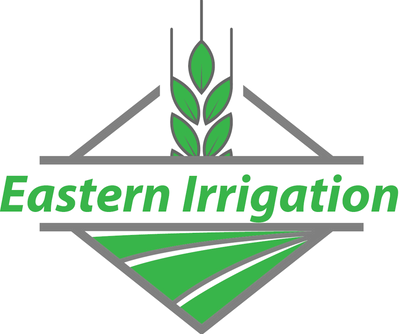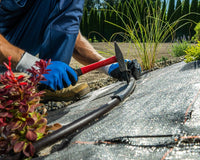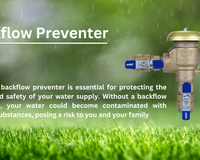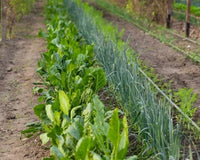The Key to a Thriving Lawn is Proper Watering
Your lawn's aesthetic and health significantly impact your property's overall appearance. But what is the secret to maintaining a lush, green lawn? The answer is effective watering.
While it may sound straightforward, lawn watering involves nuanced techniques and precise timing. This comprehensive guide will walk you through the best practices for lawn watering to help you achieve the ultimate lawn envy among your neighbors.

When Should You Water Your Lawn? Timing is Everything
The Early Bird Catches the Worm: Morning Watering
Watering your lawn early in the morning is highly recommended. During this time, wind speed is usually lower, and temperatures are cooler, reducing water loss due to evaporation.
With minimal wind, water droplets are more likely to reach the soil instead of being swept away. Morning watering also prepares your grass for the day's heat by ensuring adequate moisture retention in the soil.
Say No to Noon: The Evaporation Trap
Watering your lawn during your lunch break might seem convenient, but doing so is not optimal. Watering your lawn in the midday sun can evaporate up to 30% before reaching the soil. This not only wastes water but also increases your utility bills unnecessarily.
The Perils of Night Watering: Avoid Lawn Diseases
Watering your lawn at night is a surefire way to invite fungal diseases. The moisture remains on the leaves for an extended period, providing the perfect environment for disease-causing microbes. To avoid this, always aim to water your lawn in the early morning hours.

How Much Water Does Your Lawn Need?
One Size Doesn't Fit All: Factors Affecting Water Requirements
The amount of water has several variables, including the type of grass, soil composition, and climate, that influence your lawn needs. Generally speaking, lawns require an average of 1 to 1.5 inches of water per week. Place a shallow container on your lawn, turn on the sprinkler, and use a timer to determine this. You'll know the optimal water duration once you measure about an inch of water in the container.
Deep Watering for Deep Roots
For a resilient, drought-resistant lawn, deep watering is key. Aim to moisten the top 6 to 8 inches of soil, encouraging deeper root growth. This helps the grass survive longer periods without water and aids in nutrient absorption.
Tools and Techniques for Efficient Watering
The Magic of Timers
A timer can be your best friend if you're using an above-ground sprinkler. It can automatically shut off the sprinkler after a specified duration, eliminating the risk of overwatering and waste. Advanced timers can even adapt to weather conditions, ensuring you only water as much as needed.
Smart Sprinkler Systems
Modern in-ground irrigation systems have features like rain sensors that halt watering if sufficient moisture is detected. These systems optimize water usage, making lawn maintenance eco-friendly and cost-effective.
Nozzle Know-How
Choosing the proper sprinkler nozzles can make a significant difference in water conservation. Opt for high-efficiency nozzles that distribute water uniformly across your lawn. These are designed to operate at lower pressures, reducing water loss and ensuring effective coverage.

Final Thoughts: Be Water Smart
Maintaining a healthy lawn with the right timing, tools, and techniques doesn't have to be daunting. Proper watering is an investment in your property's aesthetic and ecological value. As we've discussed, optimal watering practices contribute to a beautiful lawn and help you save water, time, and money.
We hope this guide empowers you to make informed decisions about your lawn watering routine, ensuring a lush, green landscape that is the envy of the neighborhood.






